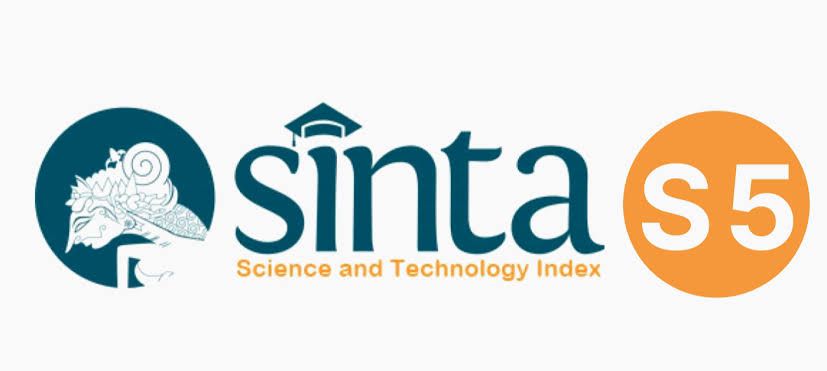Short Latency Period of Radiation Induced Meningioma in Adult Patient Following High Dose Irradiation: A Case Report
DOI:
https://doi.org/10.32734/aanhsj.v3i1.5888Keywords:
High Dose Irradiation, Radiation Induced Meningioma, Radiation Therapy, Short Latency PeriodAbstract
Introduction: We present a case of adult onset Radiation-Induced Meningioma (RIM) following resection of astrocytoma with short latency period of only 18 months.
Case Report: A 44-year old man who had high dose irradiation following astrocytoma resection came to our institution due to the appearance of intracranial tumor in the field of radiation in the follow-up MRI. Observation was done and a head CT scan was done 6 months later, where intracranial tumor was doubled in size. Surgical resection was done and histopathological result of high-grade meningioma confirming the diagnosis of RIM. Most RIM are usually presenting in children receiving high dose radiotherapy with mean latency period of 26.2 ± 9.3 years.
Result: Our patient is older at presentation; he underwent astrocytoma resection previously and was receiving high dose irradiation of 46 Gy.
Conclusion: In astrocytoma patients receiving adjuvant radiotherapy, physician must be aware of RIM; in addition to the recurrence of the high-grade gliomas.
Downloads
Downloads
Published
How to Cite
Issue
Section
License
Copyright (c) 2021 Asian Australasian Neuro and Health Science Journal (AANHS-J)

This work is licensed under a Creative Commons Attribution-NonCommercial-NoDerivatives 4.0 International License.
The Authors submitting a manuscript do understand that if the manuscript was accepted for publication, the copyright of the article shall be assigned to AANHS Journal.
The copyright encompasses exclusive rights to reproduce and deliver the article in all forms and media. The reproduction of any part of this journal, its storage in databases and its transmission by any form or media will be allowed only with a written permission from Asian Australasian Neuro and Health Science Journal (AANHSJ).
The Copyright Transfer Form can be downloaded here.
The Copyright form should be signed originally and sent to the Editorial Office in the form of original mail or scanned document.














